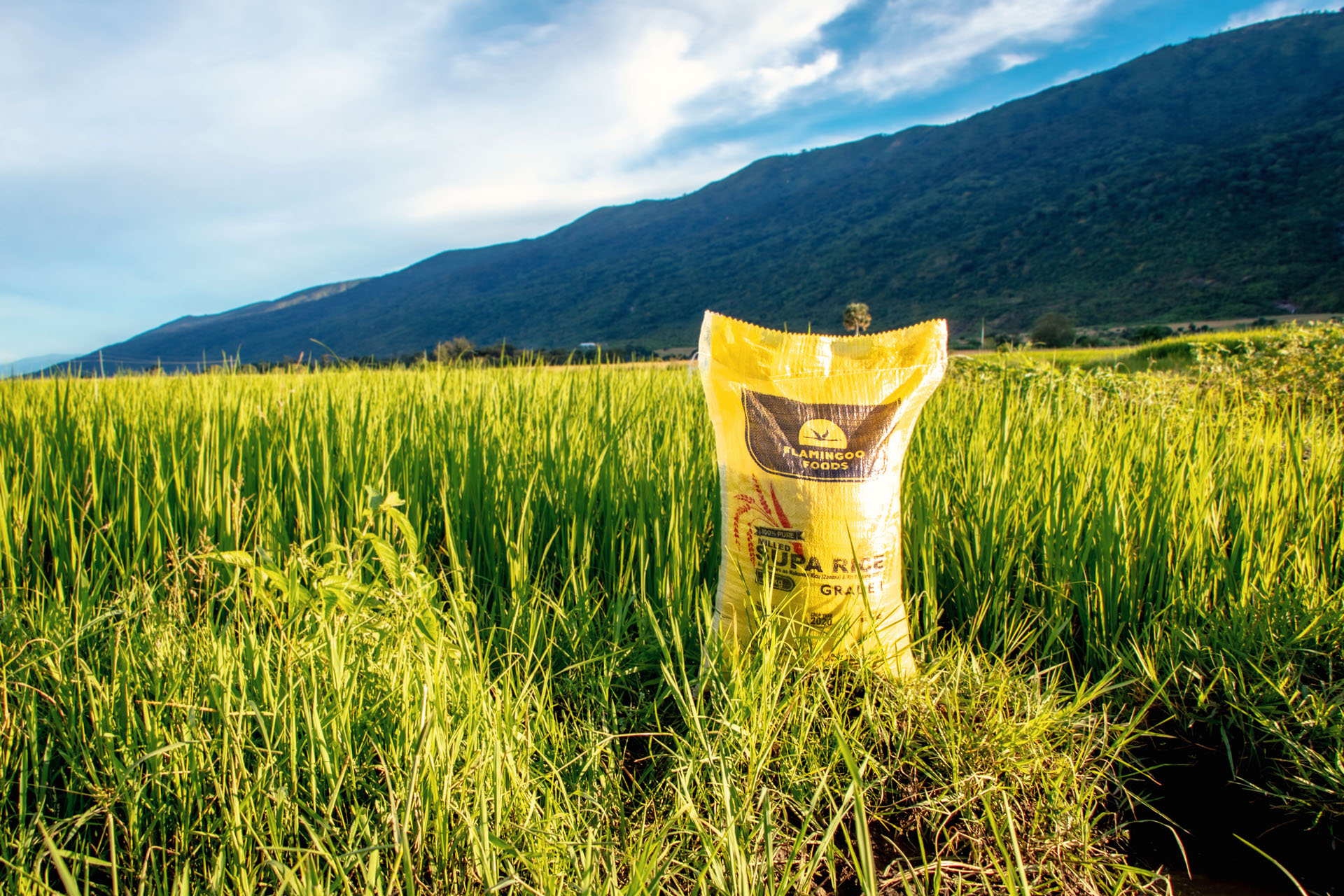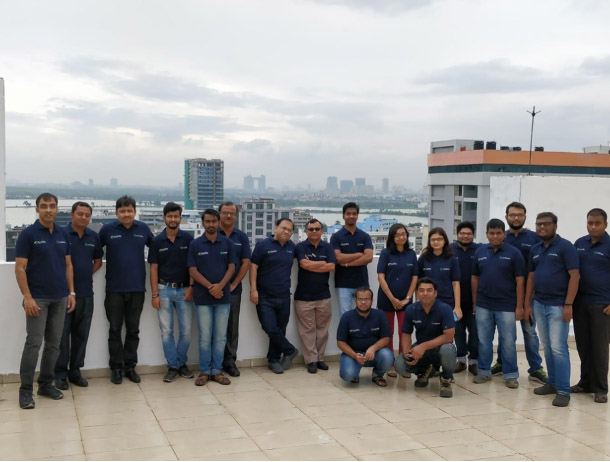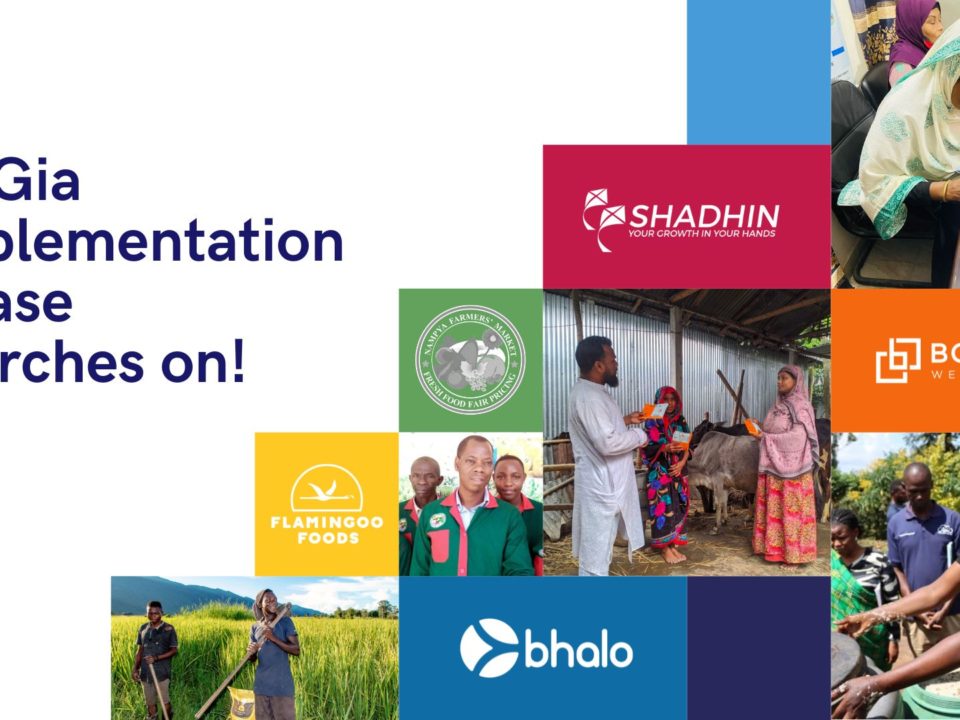We interviewed the co-founder of Flamingoo Foods, Adrian Weisensee. He explained the meaning behind Flamingo Foods’ name, talked about the beginnings of Flamingoo, its effects on farmers, the challenges they faced, and the technology they use.
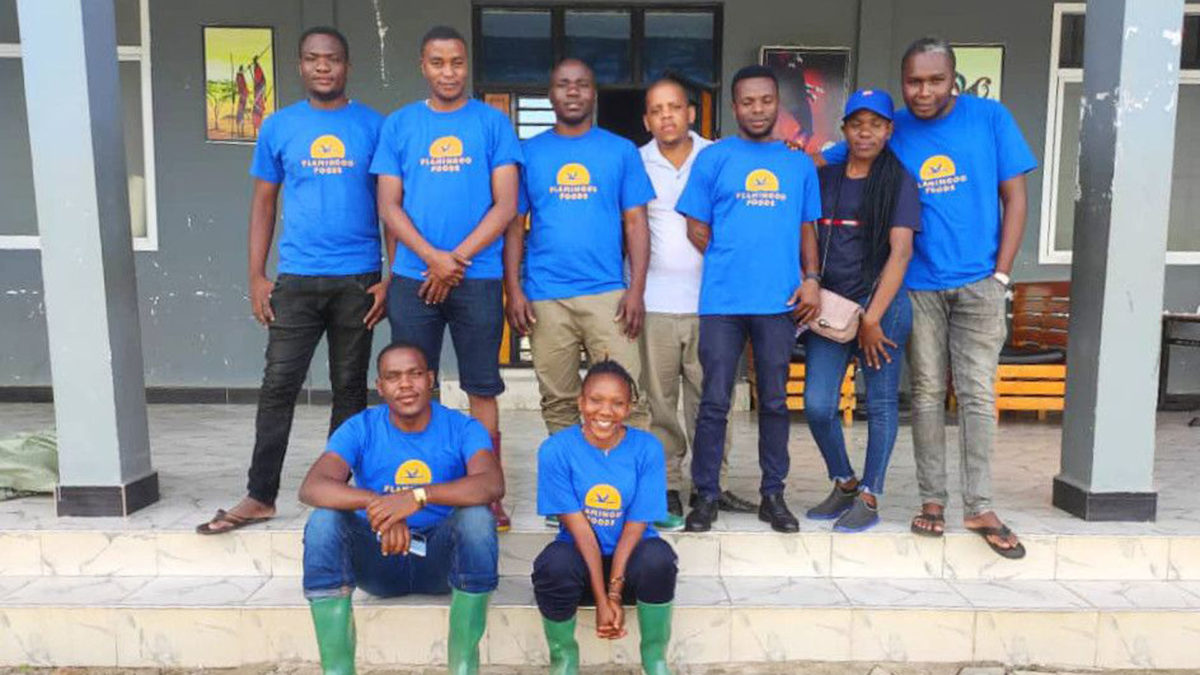
How did you come up with this idea, what is your origin story?
While finishing our studies, we came up with the idea that food security could be much better achieved once actors would not only react to missing rainfall patterns but anticipate future food deficits. The improvement of satellite data and AI-driven weather forecasts make it possible to forecast droughts and be well prepared before the crisis happens. Improvements in that area directly mean less hunger. We started with a capital of 7,500 Euros only.
Can you explain the technology behind Flamingoo?
We use diverse information from satellite data and different scopes of weather forecasts to predict future deficit regions and the most fitting areas that can supply to the deficit regions. We have developed several tools including Artificial Intelligence to get a good understanding of what the food situation will look like in a few months. For example, as part of the SDGia project, in January we had predicted that Uganda and Kenya will have a significant shortage of maize in April this year, which is exactly what happened.
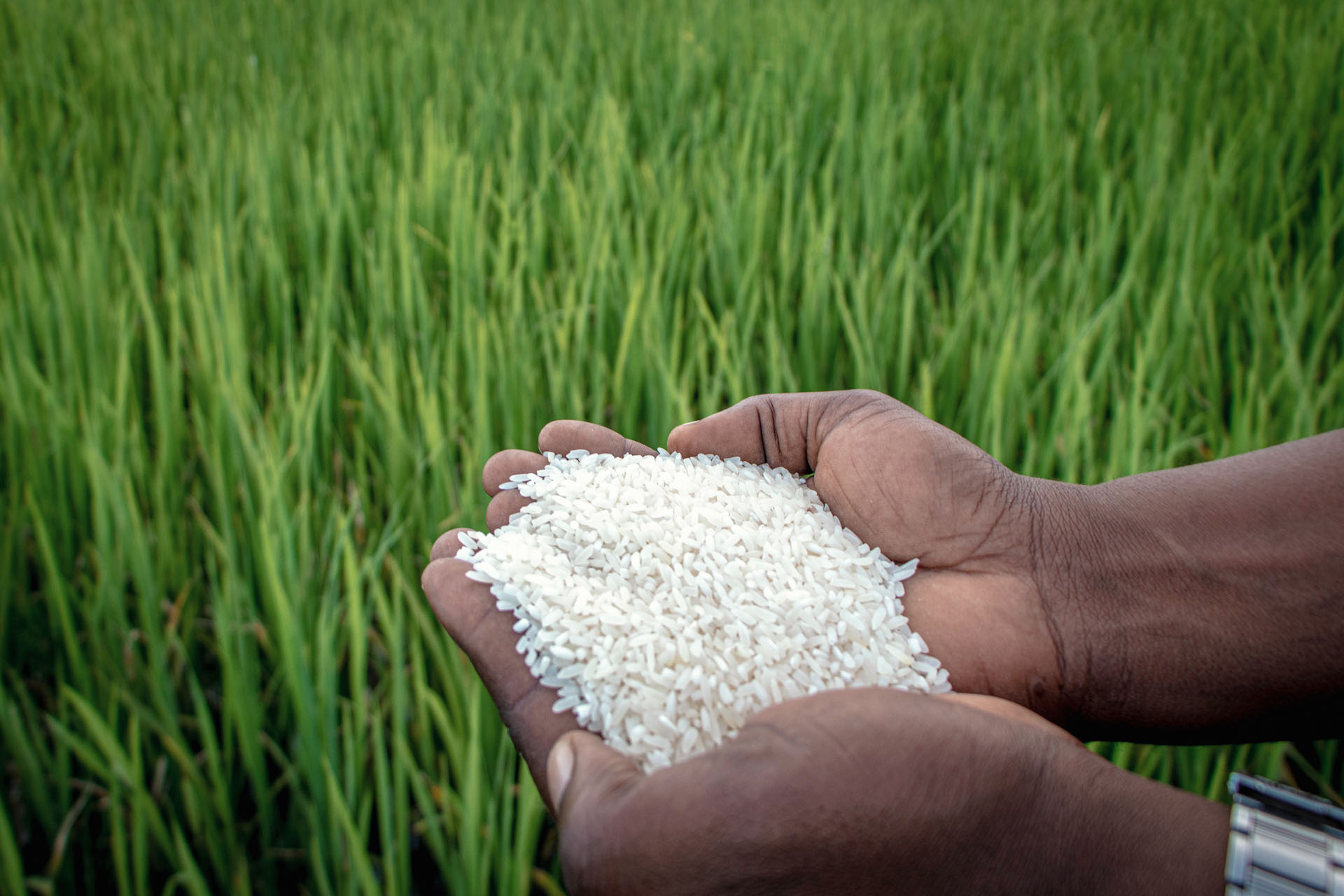
What was your motivation behind Flamingoo, and has it evolved?
The flamingo is an animal that flies thousands of kilometers to look for food. It is our understanding that we will go even further to trace the relevant food source that can bring relief to drought-hit areas. While we are focusing on East Africa now, we are committed to scaling to other regions later. We are already connecting small-scale farmers to deficit areas that are more than 1,000 kilometers away and would be unreachable without us acting as an aggregator and quality assurer.
What were some of the difficulties you have seen farmers face that influenced you to found Flamingoo?
Market access is a major challenge for farmers. The sad thing is that sometimes food is piled up without finding a market in one place while some hundred kilometers away people are starving due to missing food. These areas are not linked due to missing information or documents, for instance, in 2015 when Kisii (Kenya) faced a maize deficit crisis and near North Tanzania maize was piled up without knowing where to sell it.
Having roots in Europe, how and why did you decide to establish a business in Tanzania?
We are three founders, one Tanzanian and two Germans. We all got connected during our voluntary year in the tropics or during its preparation respectively. We share the desire to bring change to those that suffer from insufficient food supply. To have Tanzania as a starting point was quite straightforward as we had the most experience in running a business in that country.
Why did you apply for the SDG Impact Accelerator Digital Agriculture program funded by the Turkish Government and run through the partnership of the Ministry of Foreign Affairs of the Republic of Turkey, UNDP and UN Technology Bank?
Our overall goal is to build an agile food network within East Africa that can quickly move food to deficit areas across borders. While Tanzania was our starting point, Uganda is another very important food surplus area in East Africa. The support of SDGia to increase our network to other countries was key. Indeed, the support has enabled us to scale our approach to Uganda.
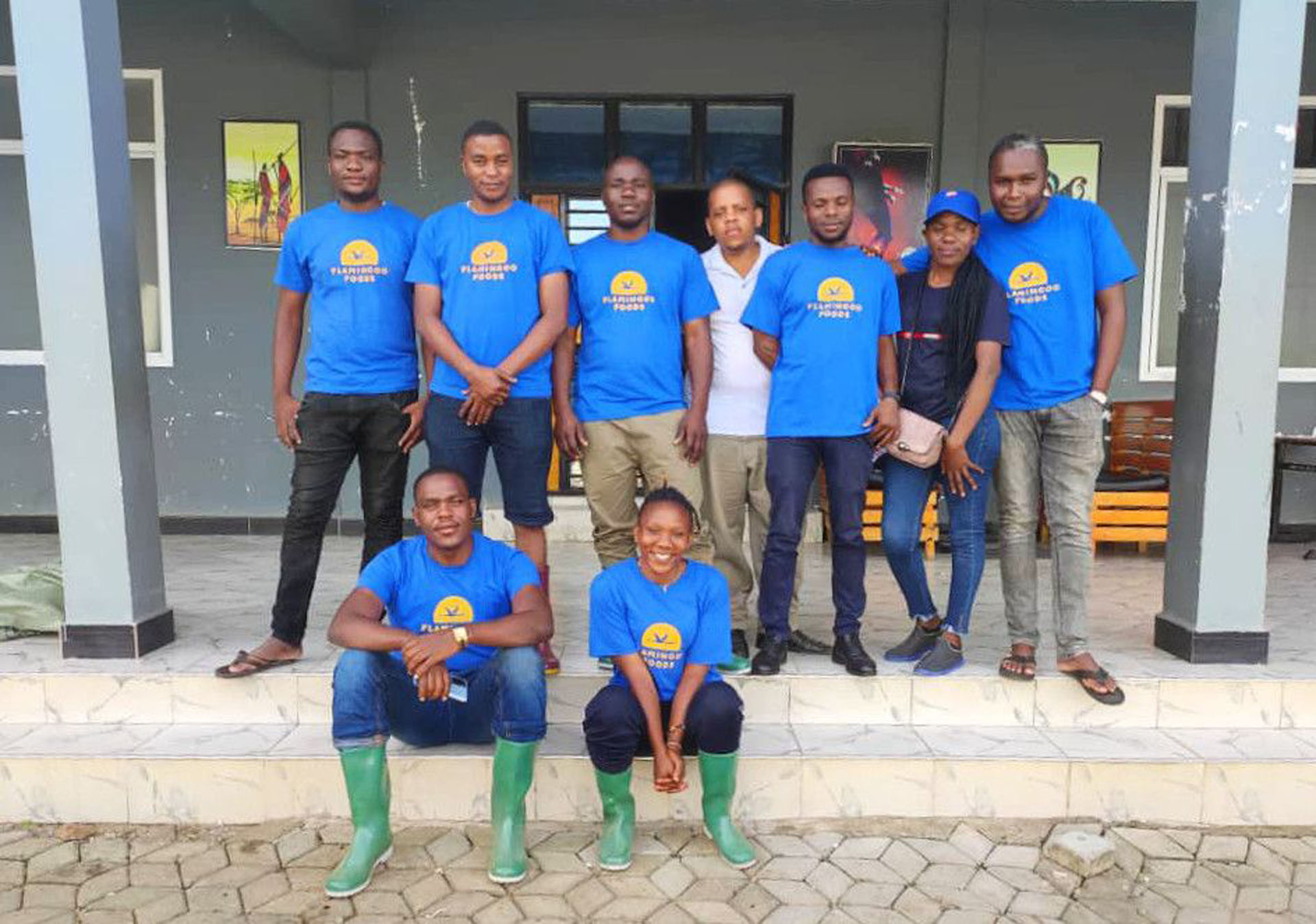
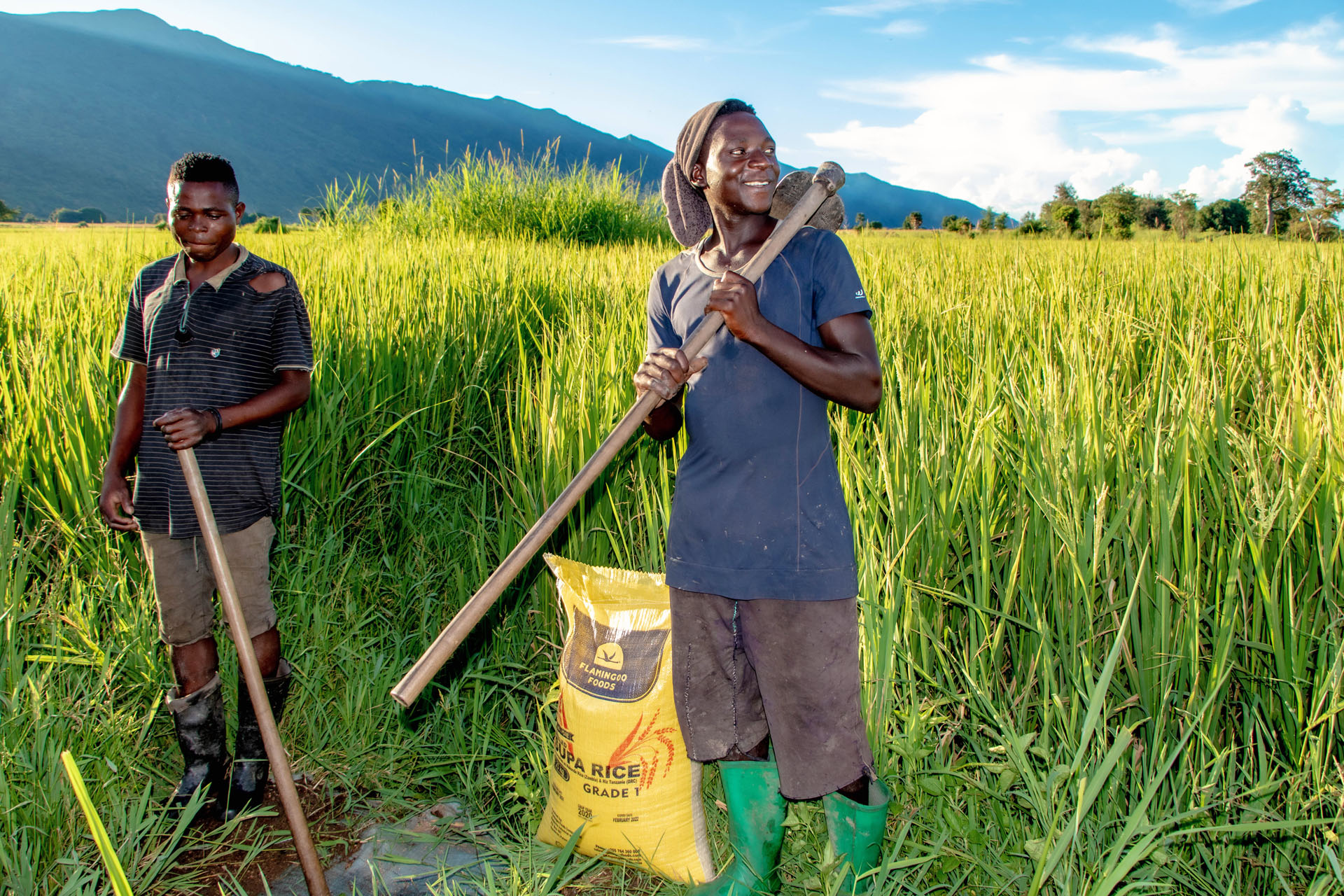
There are 17 Sustainable Development Goals, which are your main focuses?
Definitely zero hunger with a direct impact on no poverty. The missing linkages between surplus and deficit areas especially during abnormal rainfall patterns is the main cause of hunger and poverty. We believe, by using modern technology, this can be improved significantly.
What were some of the challenges you have faced and how did you overcome them?
There are many challenges starting from missing financial literacy among the farmers, bad road and electricity infrastructure, extreme weather conditions, etc. Our attention to these challenges is defining and mitigating risks while looking for new and unconventional solutions.
What were the reactions of the beneficiaries as you went along?
The farmers from the surplus regions highly appreciate the increased market access. As our staff is mainly just called Flamingoo, the farmers call us with a smile on their faces. Most times of the year, we can buy whatever they bring which means that they have guaranteed market access. On the other hand, during drought times our customers tell us “Bring whatever you have. I can buy all your stock,” which shows us that our work is highly needed to mitigate hunger. Though, we see fewer smiling faces at those times.
What kind of impact do you think Flamingoo has had on people?
Small-scale rice farmers in the surplus area of the Southern Highlands of Tanzania are incapable of bringing their produce to the relevant final customers in Uganda, for example. Besides the missing market connection, they would never be able to obtain all documents needed. So, farmers depend on aggregators who connect them to the best markets, which is why most farmers rate market access as the main challenge in their daily activities. By connecting the farmers to the relevant markets, their greatest challenge is solved and whole communities and villages can be transformed. This is what we have seen in the areas where we are operating.
